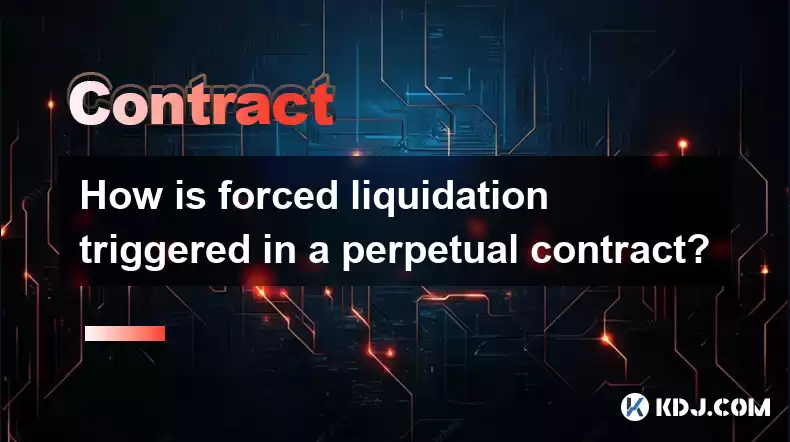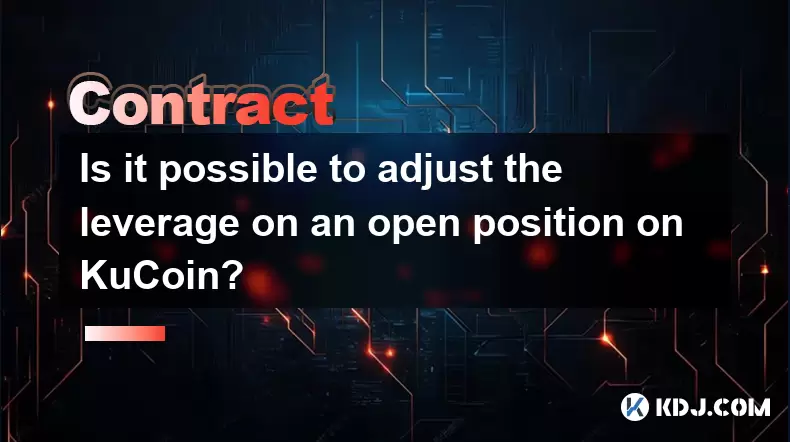-
 Bitcoin
Bitcoin $116900
0.00% -
 Ethereum
Ethereum $4280
5.48% -
 XRP
XRP $3.265
-1.45% -
 Tether USDt
Tether USDt $1.000
-0.01% -
 BNB
BNB $807.0
1.41% -
 Solana
Solana $183.1
2.93% -
 USDC
USDC $0.9999
0.00% -
 Dogecoin
Dogecoin $0.2440
6.50% -
 TRON
TRON $0.3357
-0.88% -
 Cardano
Cardano $0.8178
2.63% -
 Hyperliquid
Hyperliquid $44.13
7.45% -
 Chainlink
Chainlink $21.39
9.09% -
 Stellar
Stellar $0.4524
-0.84% -
 Sui
Sui $3.957
2.13% -
 Bitcoin Cash
Bitcoin Cash $572.7
-2.54% -
 Hedera
Hedera $0.2671
1.54% -
 Avalanche
Avalanche $24.77
4.17% -
 Ethena USDe
Ethena USDe $1.001
0.02% -
 Litecoin
Litecoin $122.3
-1.94% -
 Toncoin
Toncoin $3.432
2.26% -
 UNUS SED LEO
UNUS SED LEO $9.007
0.49% -
 Shiba Inu
Shiba Inu $0.00001396
5.26% -
 Uniswap
Uniswap $11.09
1.64% -
 Polkadot
Polkadot $4.155
4.57% -
 Dai
Dai $1.000
0.00% -
 Pepe
Pepe $0.00001253
5.11% -
 Cronos
Cronos $0.1588
2.67% -
 Bitget Token
Bitget Token $4.512
0.05% -
 Monero
Monero $275.0
0.64% -
 Ethena
Ethena $0.7527
15.10%
How is forced liquidation triggered in a perpetual contract?
Maintaining sufficient margin is crucial in perpetual contract trading as it provides a buffer against adverse price movements and prevents the risk of forced liquidation, which occurs when a trader's account balance falls below either the maintenance margin or the initial margin.
Feb 26, 2025 at 05:00 am

Key Points:
- Understanding the concept of margin and leverage in perpetual contracts
- Identifying the various margin levels and their implications
- Recognizing the triggers for forced liquidation, including maintenance margin and initial margin
- Steps to avoid forced liquidation and maintain a healthy trading position
How is Forced Liquidation Triggered in a Perpetual Contract?
Perpetual contracts, a popular trading instrument in the cryptocurrency market, allow traders to speculate on the price movements of an underlying asset while using leverage to amplify their potential profits. However, traders must be aware of the risks associated with using leverage, as it can also lead to substantial losses if not managed properly. One of the most significant risks in perpetual contract trading is the possibility of forced liquidation, which occurs when a trader's position is closed automatically by the exchange due to insufficient funds to cover losses.
Understanding Margin and Leverage in Perpetual Contracts
Before delving into the triggers for forced liquidation, it is essential to understand the concepts of margin and leverage in perpetual contracts. Margin refers to the amount of funds a trader must deposit as collateral to open and maintain a perpetual contract position. Leverage, on the other hand, is the ratio of the total position size to the margin deposited. For instance, a trader using 10x leverage would be controlling a position worth 10 times their initial margin. While leverage can magnify potential profits, it also magnifies potential losses, and traders must use it cautiously.
Margin Levels and Their Implications
Various margin levels are defined in perpetual contract trading, each with its own implications:
- Initial Margin: This is the minimum amount of margin required to open a position. If the trader's account balance falls below the initial margin, the exchange will issue a margin call, requiring the trader to deposit additional funds or close their position.
- Maintenance Margin: Once a position is opened, the maintenance margin level must be maintained. If the trader's account balance falls below the maintenance margin, the position will be subject to forced liquidation. The maintenance margin is typically lower than the initial margin, providing traders with some buffer to withstand adverse price movements.
Triggers for Forced Liquidation
Forced liquidation is triggered when the trader's account balance falls below either the maintenance margin or the initial margin, depending on the exchange's policy. This can occur when the market moves against the trader's position, resulting in unrealized losses that deplete their margin. The following steps outline the process of forced liquidation:
- Margin Call: If the trader's account balance falls close to the maintenance margin, the exchange will issue a margin call, alerting the trader to their insufficient margin. The trader will be given a short period to deposit additional funds or reduce their position size.
- Forced Liquidation: If the trader fails to respond to the margin call or replenish their margin within the specified time, the exchange will initiate forced liquidation. The trader's position will be closed automatically, and any remaining balance in their account will be returned.
Preventing Forced Liquidation
To avoid forced liquidation and protect their trading capital, traders should implement the following strategies:
- Monitor Market Movements: Staying abreast of market fluctuations and understanding the potential risks associated with the underlying asset is crucial. Traders should have a clear trading plan that defines their risk tolerance and trading goals.
- Manage Leverage Prudently: Using excessive leverage can amplify losses and increase the likelihood of forced liquidation. Traders should carefully consider the amount of leverage they employ and avoid overleveraging their positions.
- Maintain Sufficient Margin: Maintaining a healthy margin balance provides a buffer against adverse price movements. Traders should monitor their margin levels regularly and deposit additional funds as needed.
- Consider Stop-Loss Orders: Stop-loss orders can be used to limit potential losses by automatically closing a position when a predetermined price level is reached. This protects traders from further financial harm during unfavorable market conditions.
FAQs
What is the difference between initial margin and maintenance margin?
- The initial margin is the minimum amount of margin required to open a position, while the maintenance margin is the level that must be maintained to prevent forced liquidation.
Can forced liquidation occur even with a positive account balance?
- Yes, forced liquidation can occur if the trader's unrealized losses exceed their available margin, even if their account balance is positive.
What are the consequences of being liquidated?
- Forced liquidation results in the closing of the trader's position and the loss of remaining margin balance. It can also damage the trader's trading record and reputation.
How can I avoid forced liquidation?
- To prevent forced liquidation, traders should use leverage cautiously, maintain sufficient margin, monitor market movements, and consider using stop-loss orders.
Disclaimer:info@kdj.com
The information provided is not trading advice. kdj.com does not assume any responsibility for any investments made based on the information provided in this article. Cryptocurrencies are highly volatile and it is highly recommended that you invest with caution after thorough research!
If you believe that the content used on this website infringes your copyright, please contact us immediately (info@kdj.com) and we will delete it promptly.
- Shiba Inu, Pepe, and Remittix: A Tale of Memes, Hype, and Real-World Utility
- 2025-08-10 08:30:12
- Ethereum Price, ETH Tokens, Rally Prediction: Is a New All-Time High In Sight?
- 2025-08-10 08:30:12
- XRP, Elon Musk, and Wealth: A Crypto Conundrum
- 2025-08-10 08:50:12
- Retire Early with Crypto: High-Conviction Plays Beyond Bitcoin
- 2025-08-10 08:50:12
- BlockDAG, Render, and Polkadot: Charting the Course for Long-Term Crypto Dominance
- 2025-08-10 08:55:21
- Toncoin's Ascent: Price Predictions and the VERB Strategy Impact
- 2025-08-10 08:55:21
Related knowledge

Is it possible to adjust the leverage on an open position on KuCoin?
Aug 09,2025 at 08:21pm
Understanding Leverage in KuCoin Futures TradingLeverage in KuCoin Futures allows traders to amplify their exposure to price movements by borrowing fu...

What is the difference between realized and unrealized PNL on KuCoin?
Aug 09,2025 at 01:49am
Understanding Realized and Unrealized PNL on KuCoinWhen trading on KuCoin, especially in futures and perpetual contracts, understanding the distinctio...

How does KuCoin Futures compare against Binance Futures in terms of features?
Aug 09,2025 at 03:22am
Trading Interface and User ExperienceThe trading interface is a critical component when comparing KuCoin Futures and Binance Futures, as it directly i...

How do funding fees on KuCoin Futures affect my overall profit?
Aug 09,2025 at 08:22am
Understanding Funding Fees on KuCoin FuturesFunding fees on KuCoin Futures are periodic payments exchanged between long and short position holders to ...

What is the distinction between mark price and last price on KuCoin?
Aug 08,2025 at 01:58pm
Understanding the Basics of Price in Cryptocurrency TradingIn cryptocurrency exchanges like KuCoin, two key price indicators frequently appear on trad...

What are the specific maker and taker fees on KuCoin Futures?
Aug 08,2025 at 08:28am
Understanding Maker and Taker Fees on KuCoin FuturesWhen trading on KuCoin Futures, users encounter two primary types of fees: maker fees and taker fe...

Is it possible to adjust the leverage on an open position on KuCoin?
Aug 09,2025 at 08:21pm
Understanding Leverage in KuCoin Futures TradingLeverage in KuCoin Futures allows traders to amplify their exposure to price movements by borrowing fu...

What is the difference between realized and unrealized PNL on KuCoin?
Aug 09,2025 at 01:49am
Understanding Realized and Unrealized PNL on KuCoinWhen trading on KuCoin, especially in futures and perpetual contracts, understanding the distinctio...

How does KuCoin Futures compare against Binance Futures in terms of features?
Aug 09,2025 at 03:22am
Trading Interface and User ExperienceThe trading interface is a critical component when comparing KuCoin Futures and Binance Futures, as it directly i...

How do funding fees on KuCoin Futures affect my overall profit?
Aug 09,2025 at 08:22am
Understanding Funding Fees on KuCoin FuturesFunding fees on KuCoin Futures are periodic payments exchanged between long and short position holders to ...

What is the distinction between mark price and last price on KuCoin?
Aug 08,2025 at 01:58pm
Understanding the Basics of Price in Cryptocurrency TradingIn cryptocurrency exchanges like KuCoin, two key price indicators frequently appear on trad...

What are the specific maker and taker fees on KuCoin Futures?
Aug 08,2025 at 08:28am
Understanding Maker and Taker Fees on KuCoin FuturesWhen trading on KuCoin Futures, users encounter two primary types of fees: maker fees and taker fe...
See all articles

























































































